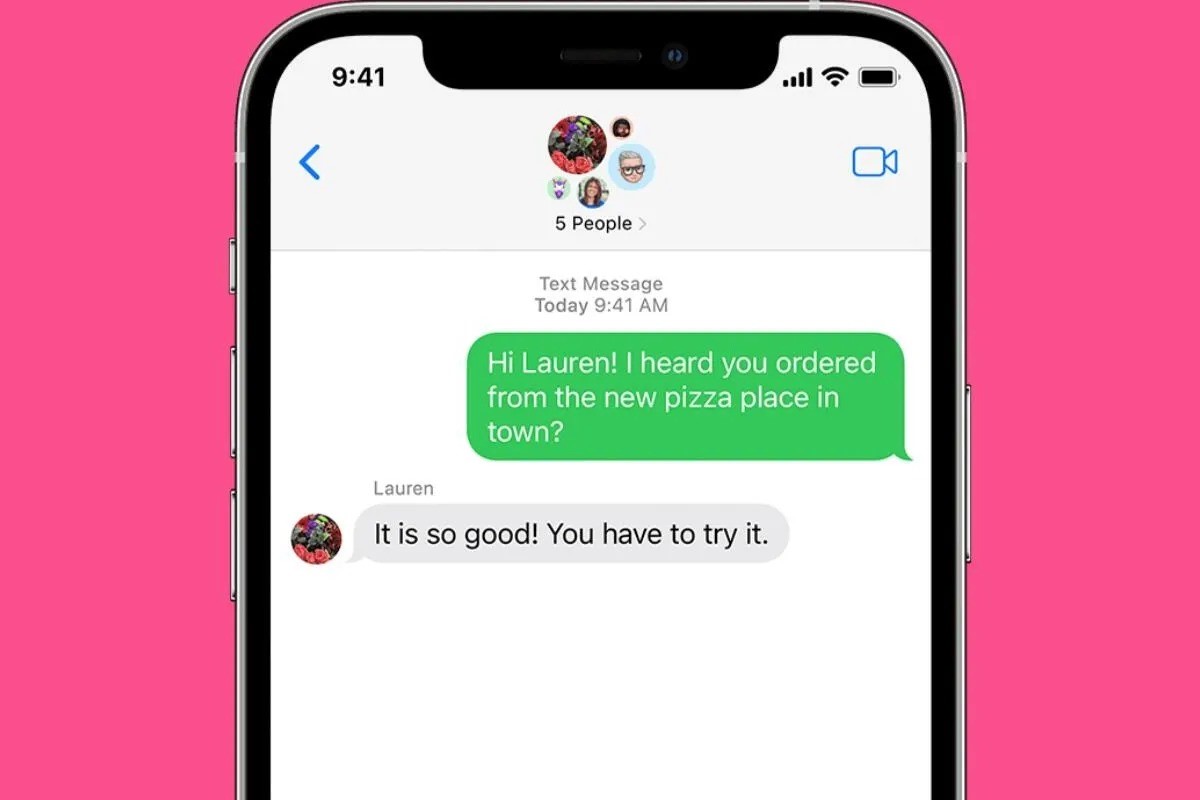
Understanding the Basics
Sending text messages between iPhones and Android devices can sometimes present challenges. iPhones primarily use iMessage for communication with other Apple devices, while Android devices rely on SMS (Short Message Service) and MMS (Multimedia Messaging Service). If your iPhone defaults to iMessage, it might not send SMS messages to Android devices.
Checking iMessage Settings
One common reason for message delivery issues is iMessage settings. Follow these steps to check and adjust:
Steps to Check iMessage Settings
- Open Settings: Access the Settings app on your iPhone.
- Navigate to Messages: Scroll down and tap "Messages."
- Toggle iMessage: Ensure iMessage is toggled off. If already off, toggle it on and then off again to reset any temporary bugs.
Disabling iMessage will prompt your iPhone to send SMS messages, compatible with Android devices.
Enabling SMS
To ensure your iPhone sends SMS messages:
Steps to Enable SMS
- Open Settings: Go to the Settings app.
- Navigate to Messages: Scroll down and tap "Messages."
- Enable Send as SMS: Turn on "Send as SMS." This setting allows SMS messages when iMessage is unavailable.
Restarting Your iPhone
A simple reboot can often resolve connectivity issues and clear temporary glitches.
Steps to Restart Your iPhone
- Hold Power Button: Press and hold the power button until "Slide to Power Off" appears.
- Slide to Power Off: Slide the slider to the right to turn off your iPhone.
- Wait 30 Seconds: Wait for about 30 seconds before turning it back on by pressing and holding the power button until the Apple logo appears.
After restarting, try sending a message to check if the issue is resolved.
Checking Airplane Mode
Toggling Airplane mode on and off can often resolve temporary connectivity issues.
Steps to Toggle Airplane Mode
- Access Control Center: Swipe down from the top right corner of your screen.
- Toggle Airplane Mode: Tap on Airplane mode to turn it on.
- Wait a Few Seconds: Wait for about 10 seconds.
- Toggle Airplane Mode Off: Tap on Airplane mode again to turn it off.
Deregistering iMessage on Android
If the Android user previously had an iPhone and transferred the SIM card without changing the phone number, the number might still be registered as an iPhone in Apple's database.
Steps to Deregister iMessage
- Ask the Android User to Deregister iMessage: Have the Android user go to the iMessage settings on their device and deregister their phone number from Apple's iMessage system.
Checking for iOS Updates
Outdated iOS versions can sometimes cause compatibility issues with messaging apps.
Steps to Check for iOS Updates
- Open Settings: Go to the Settings app.
- Navigate to General: Scroll down and tap "General."
- Tap Software Update: Tap "Software Update" to check for updates.
- Install Updates: If an update is available, install it and restart your iPhone.
Resetting Network Settings
If none of the above steps resolve the issue, resetting network settings might help. This will erase all network settings, including saved Wi-Fi passwords and paired Bluetooth devices.
Steps to Reset Network Settings
- Open Settings: Go to the Settings app.
- Navigate to General: Scroll down and tap "General."
- Tap Transfer or Reset iPhone: Tap "Transfer or Reset iPhone."
- Tap Reset: Tap "Reset."
- Select Reset Network Settings: In the popup menu, tap "Reset Network Settings" and confirm.
Additional Troubleshooting Steps
- Check Phone Number: Ensure your phone number is correctly saved in your friend's iPhone contacts. Ask them to double-check and correct if necessary.
- Disable iMessage Temporarily: If your friend has been sending messages to your Android phone as if it were an iPhone, it may cause issues. Have them disable iMessage temporarily to see if that resolves the problem.
- Reset Network Settings: Sometimes, network settings can cause issues with message delivery. On your friend's iPhone, they can go to Settings > General > Reset > Reset Network Settings. After the reset, they can try sending messages and making calls to your Android phone again.
- Update Software: Ensure both your Android phone and your friend's iPhone are running the latest software updates. Outdated software can sometimes cause compatibility issues.
- Contact Service Provider: If none of the above solutions work, it may be worth reaching out to your respective service providers for assistance. They can check for any network or account-related issues that might be causing the problem.
By following these steps, you should be able to resolve most issues preventing your iPhone from sending messages to an Android device. Try each step one at a time and test after each step to see if the issue is resolved.
